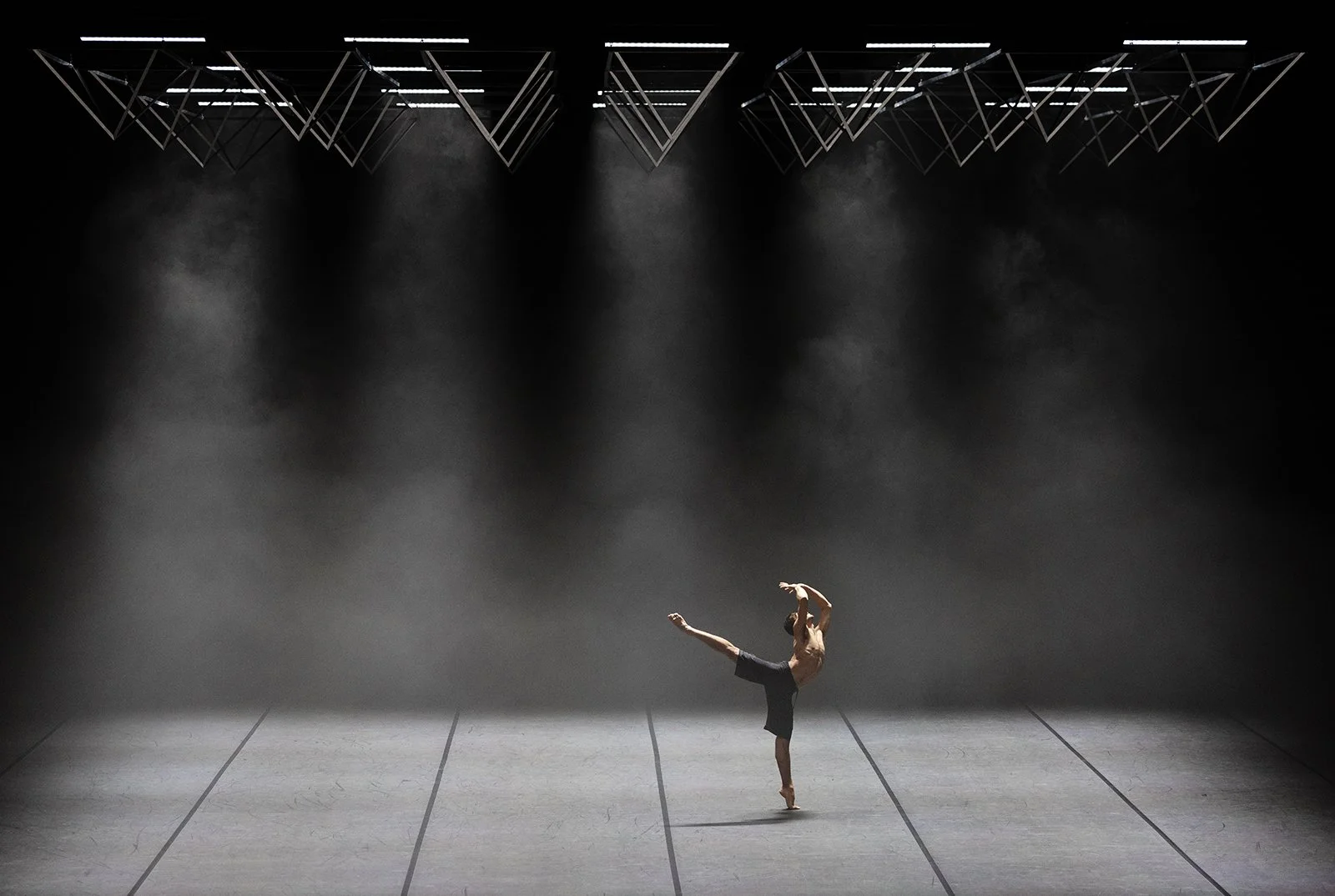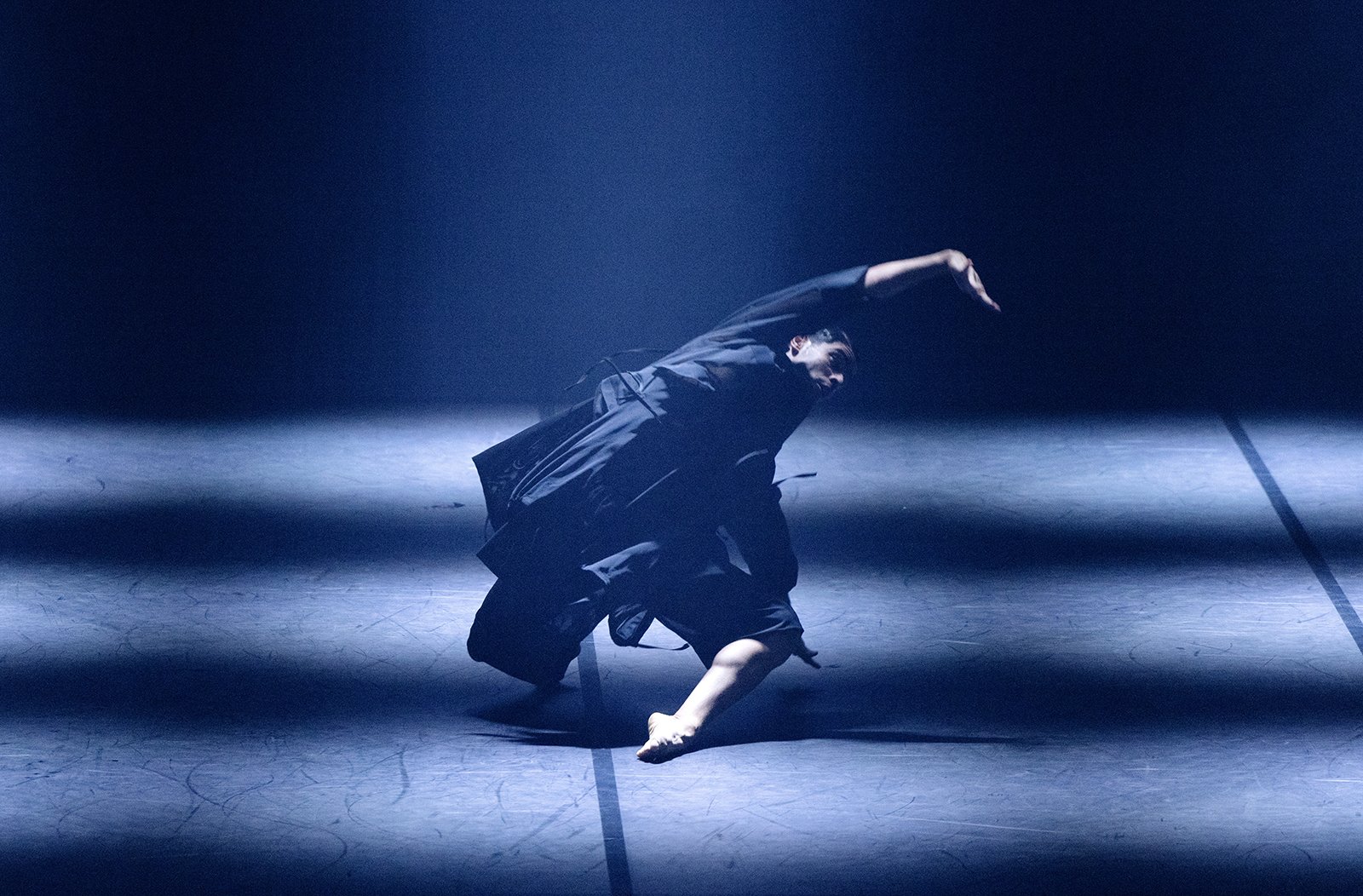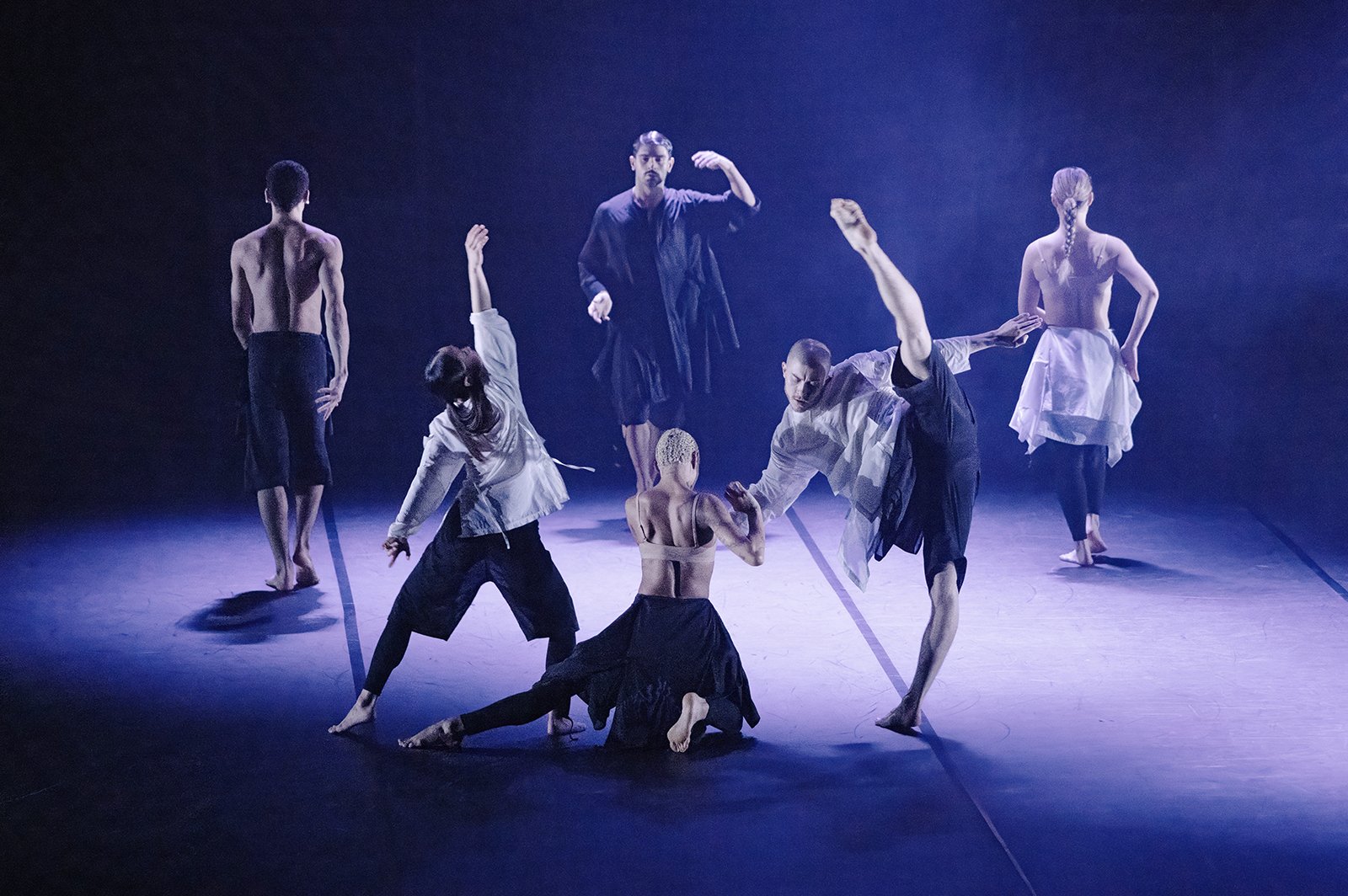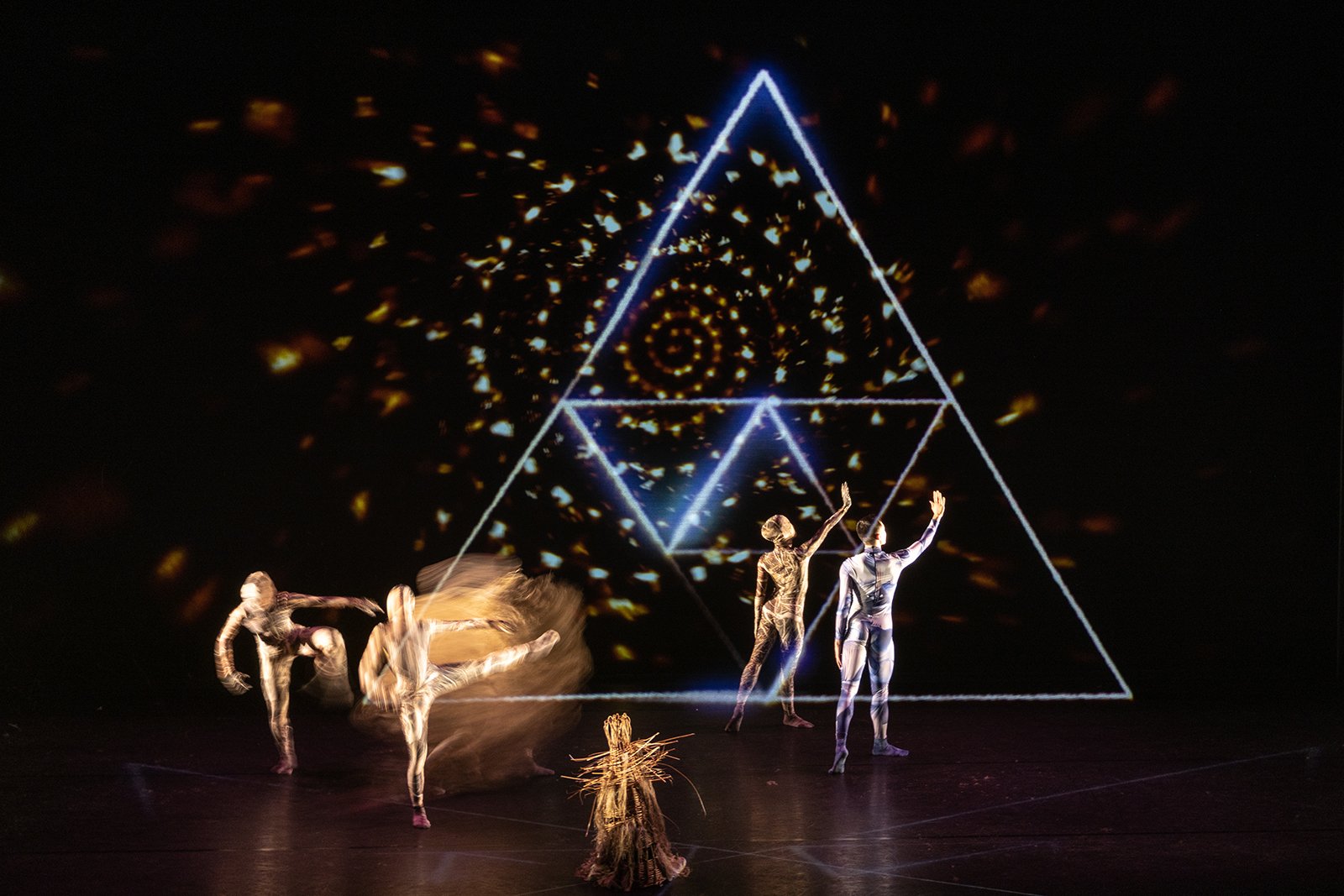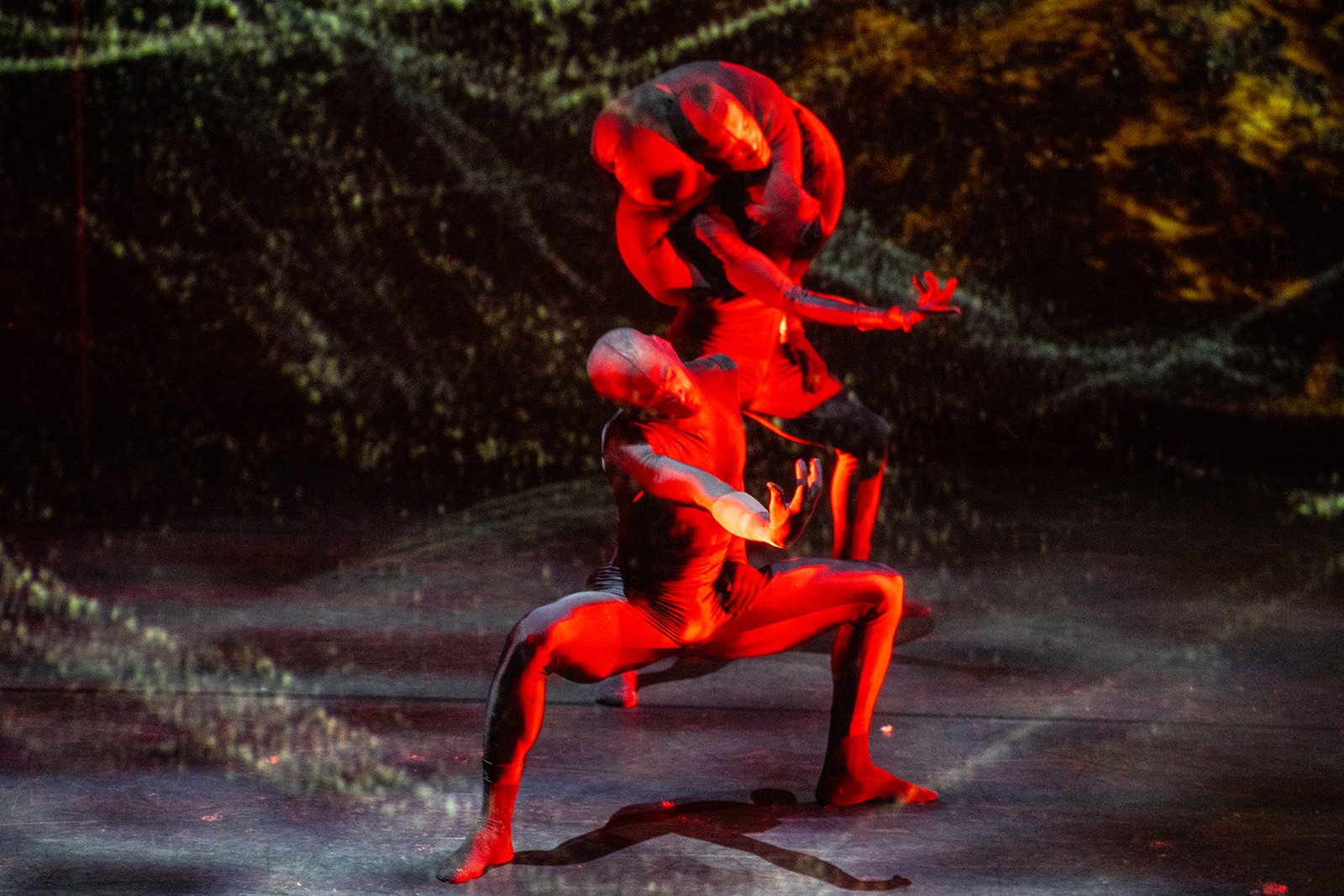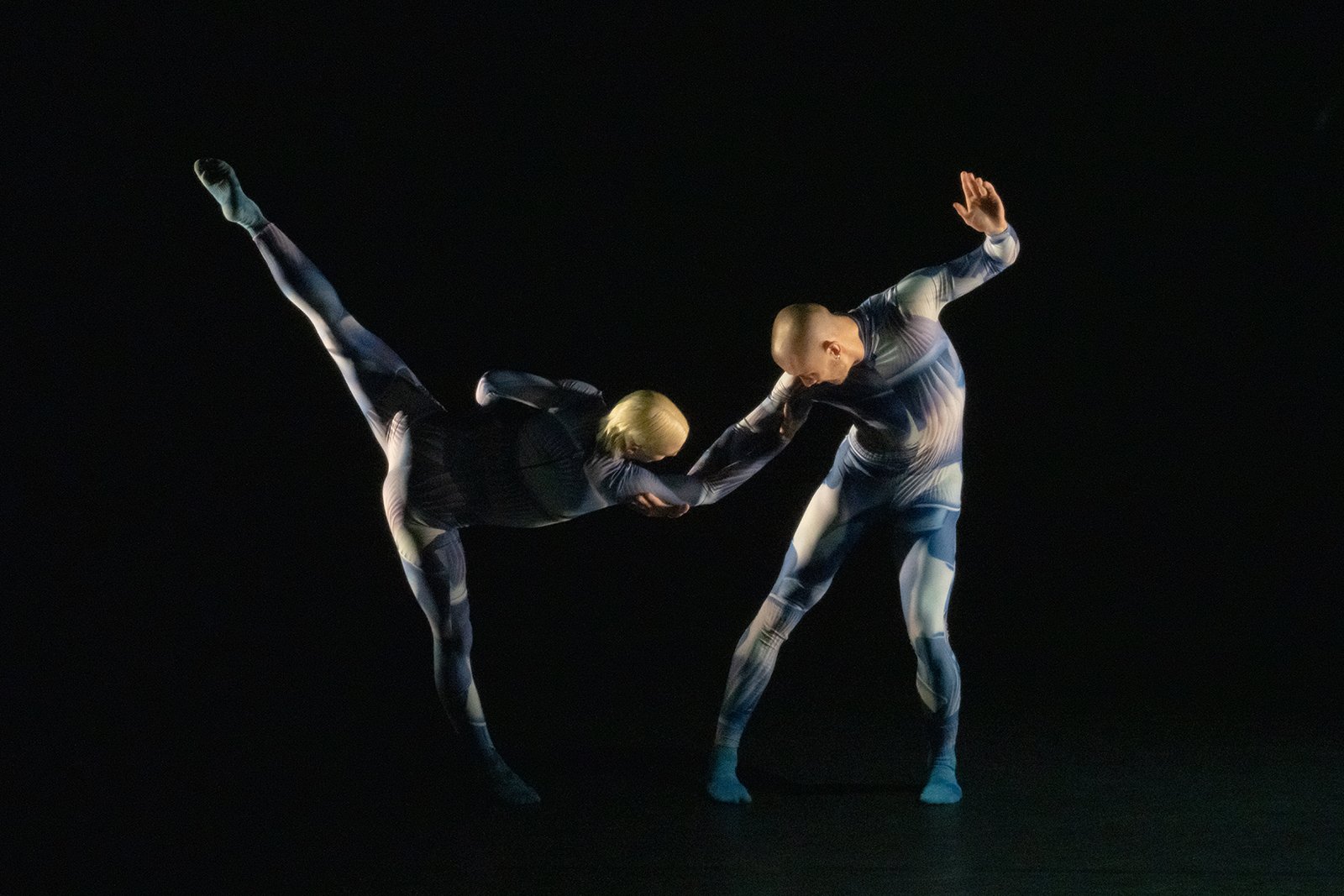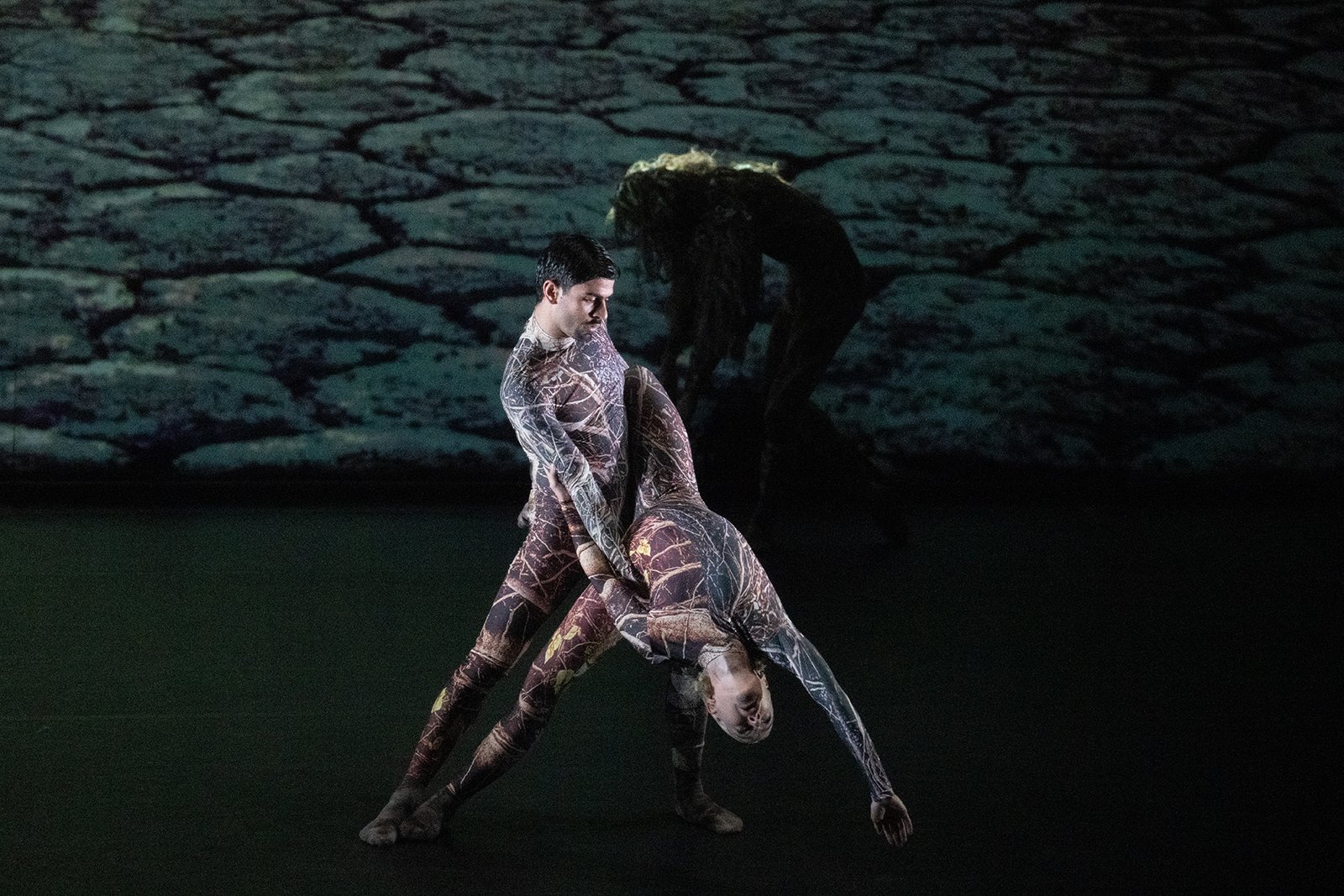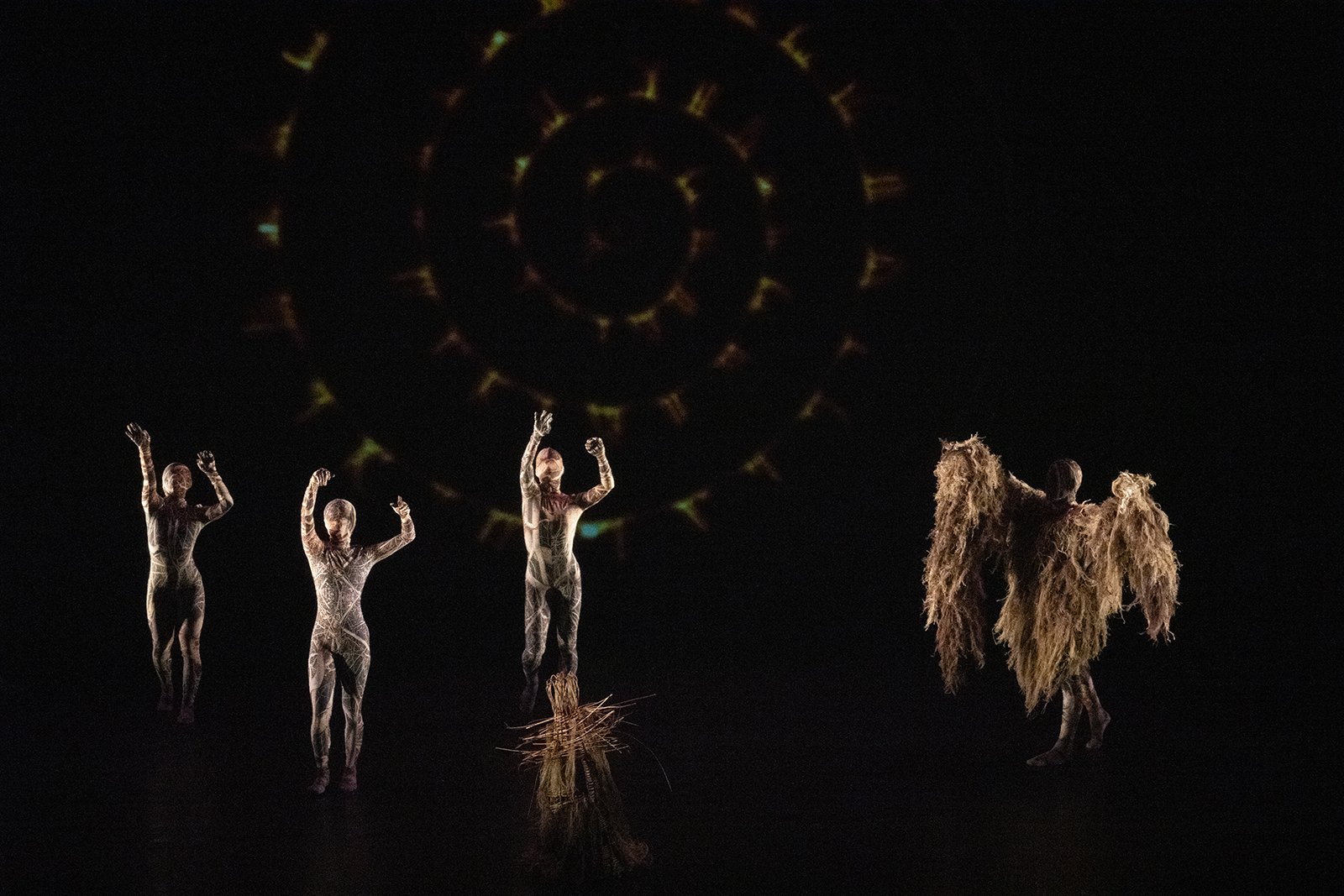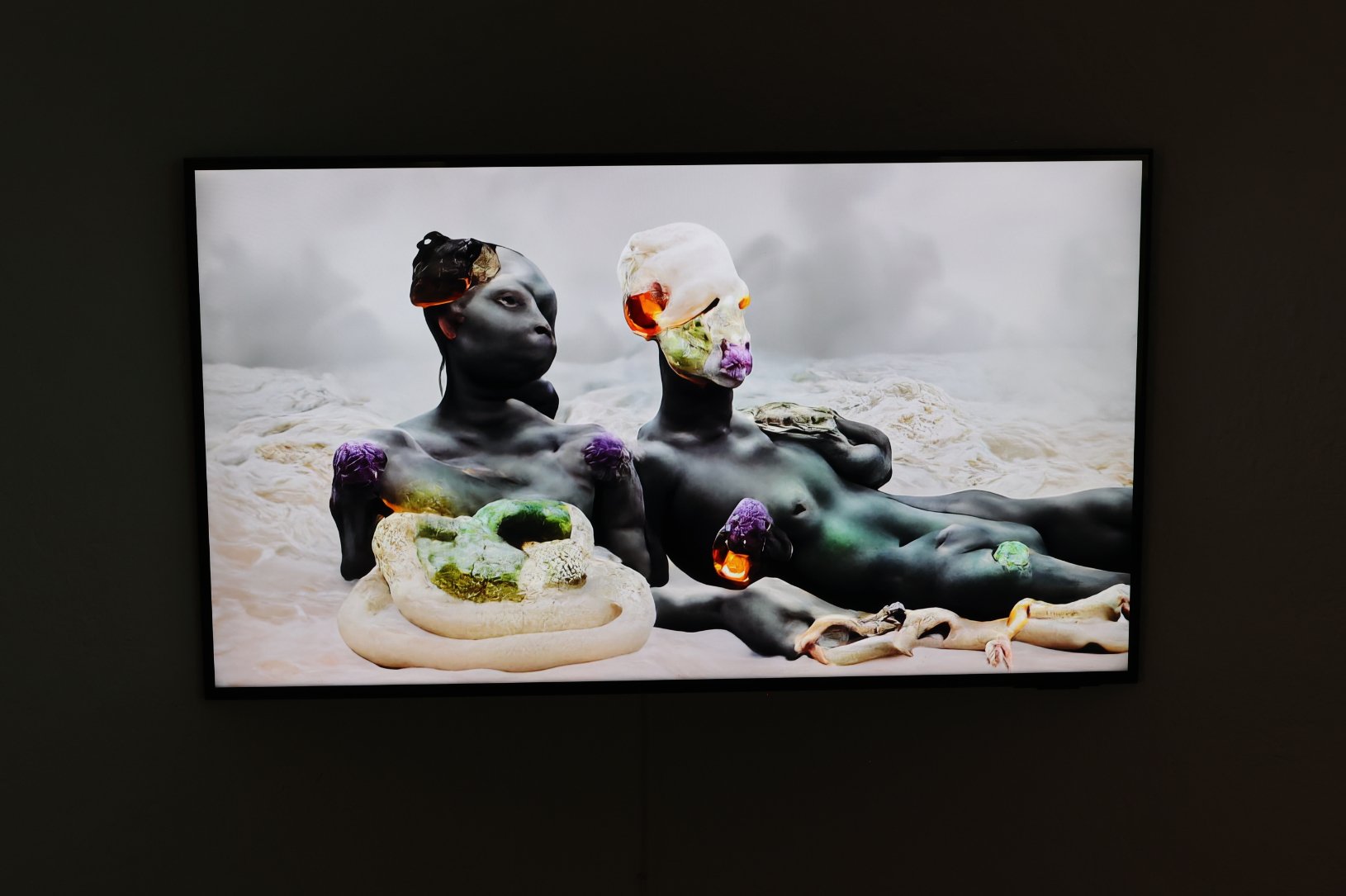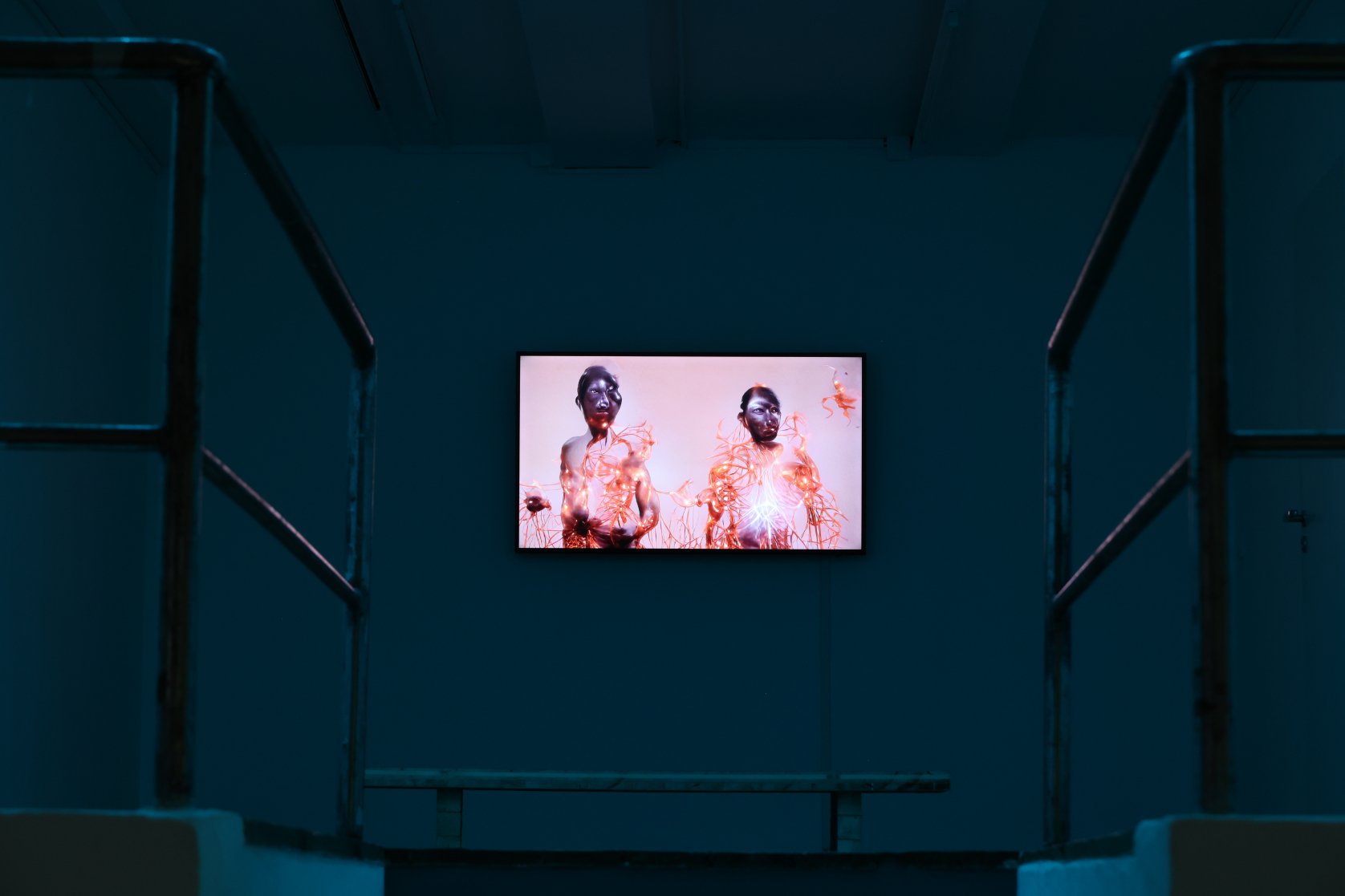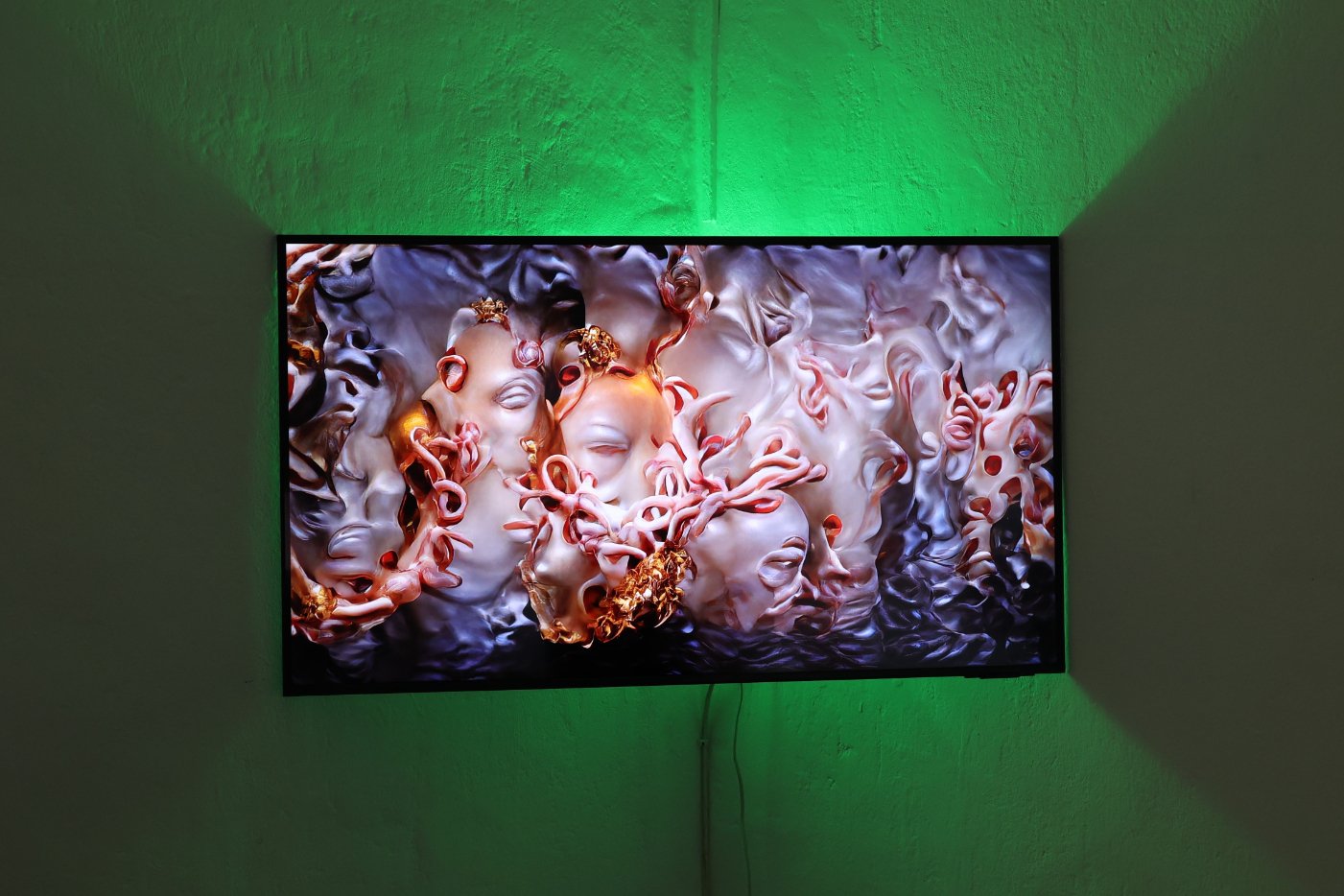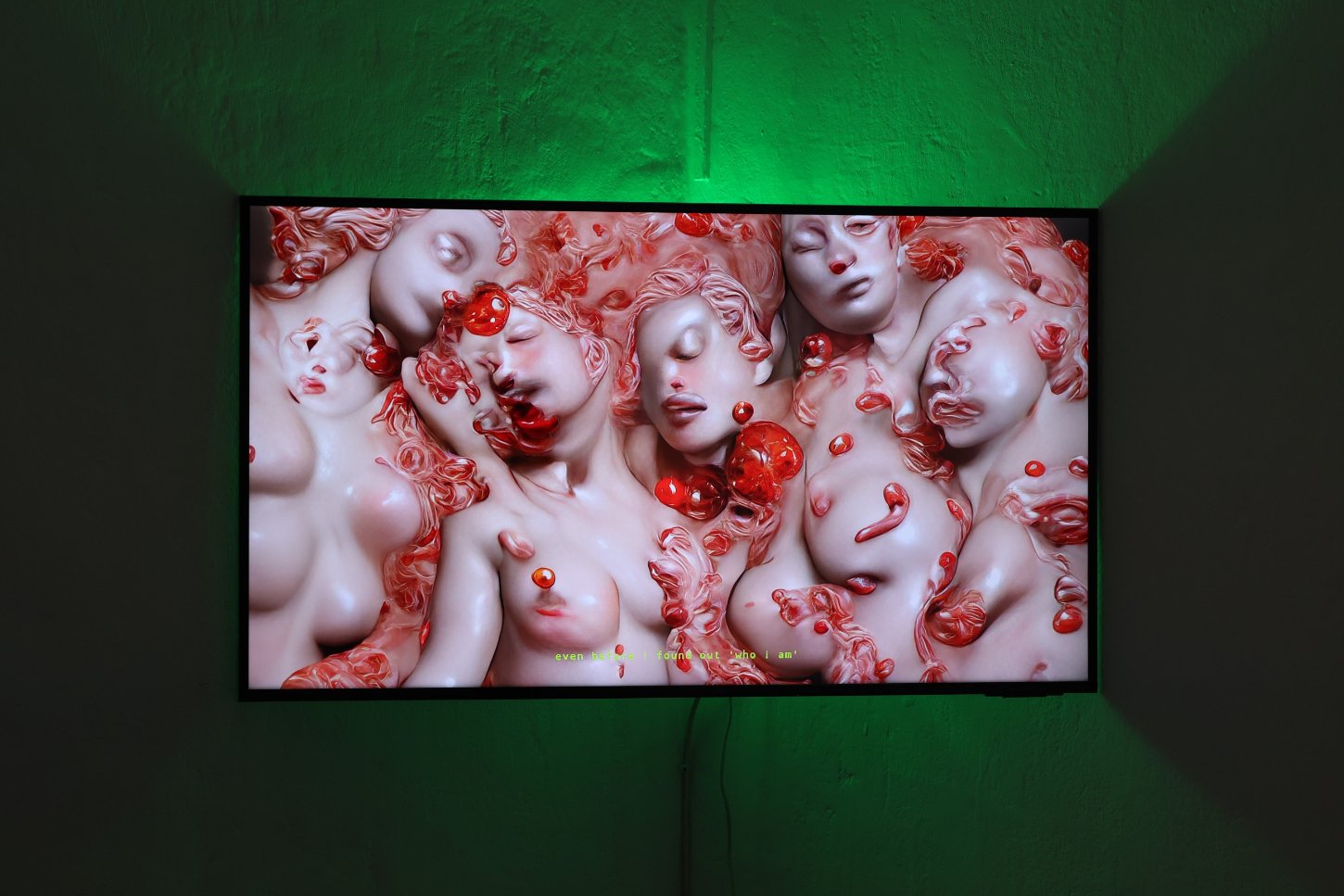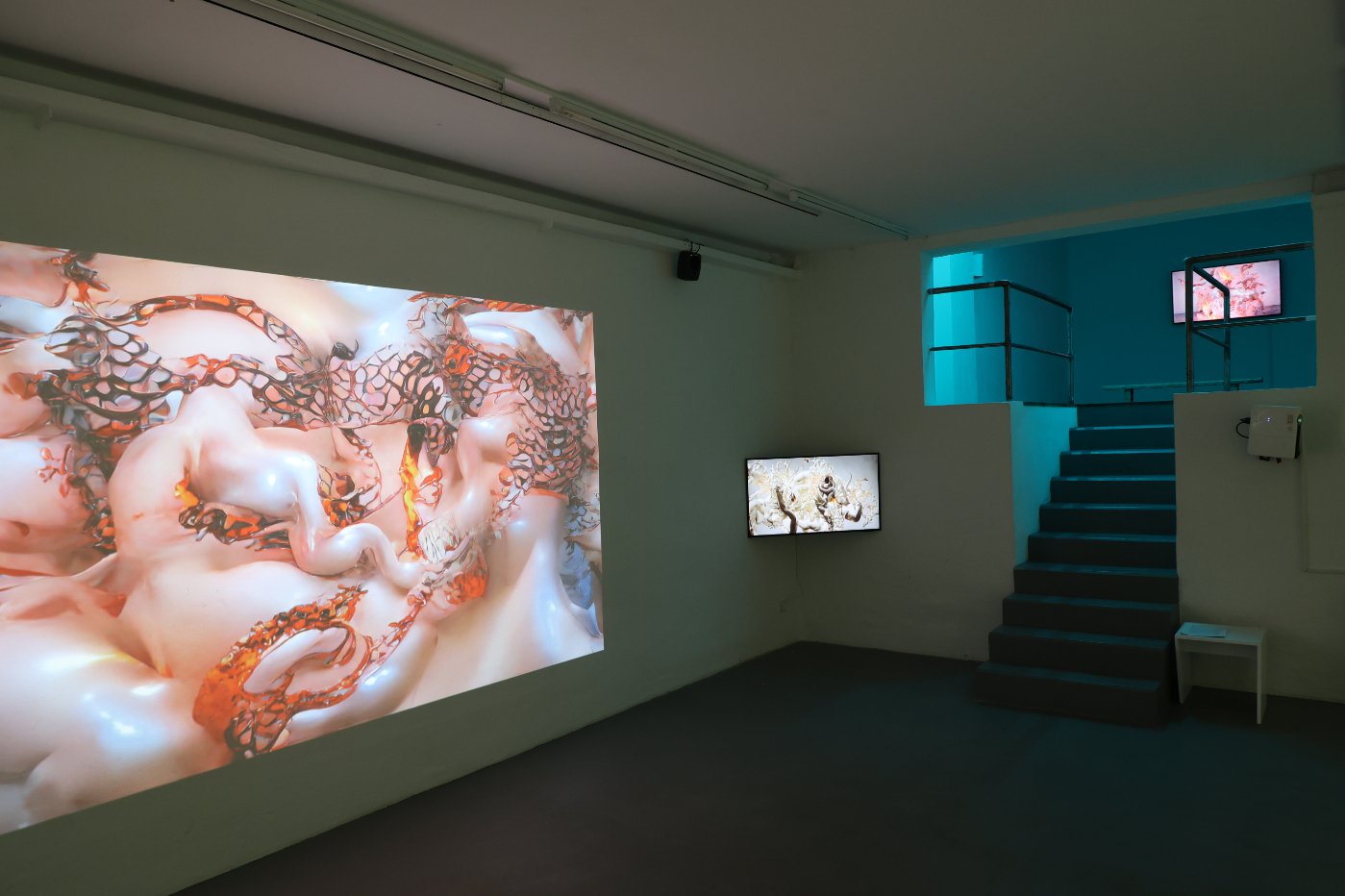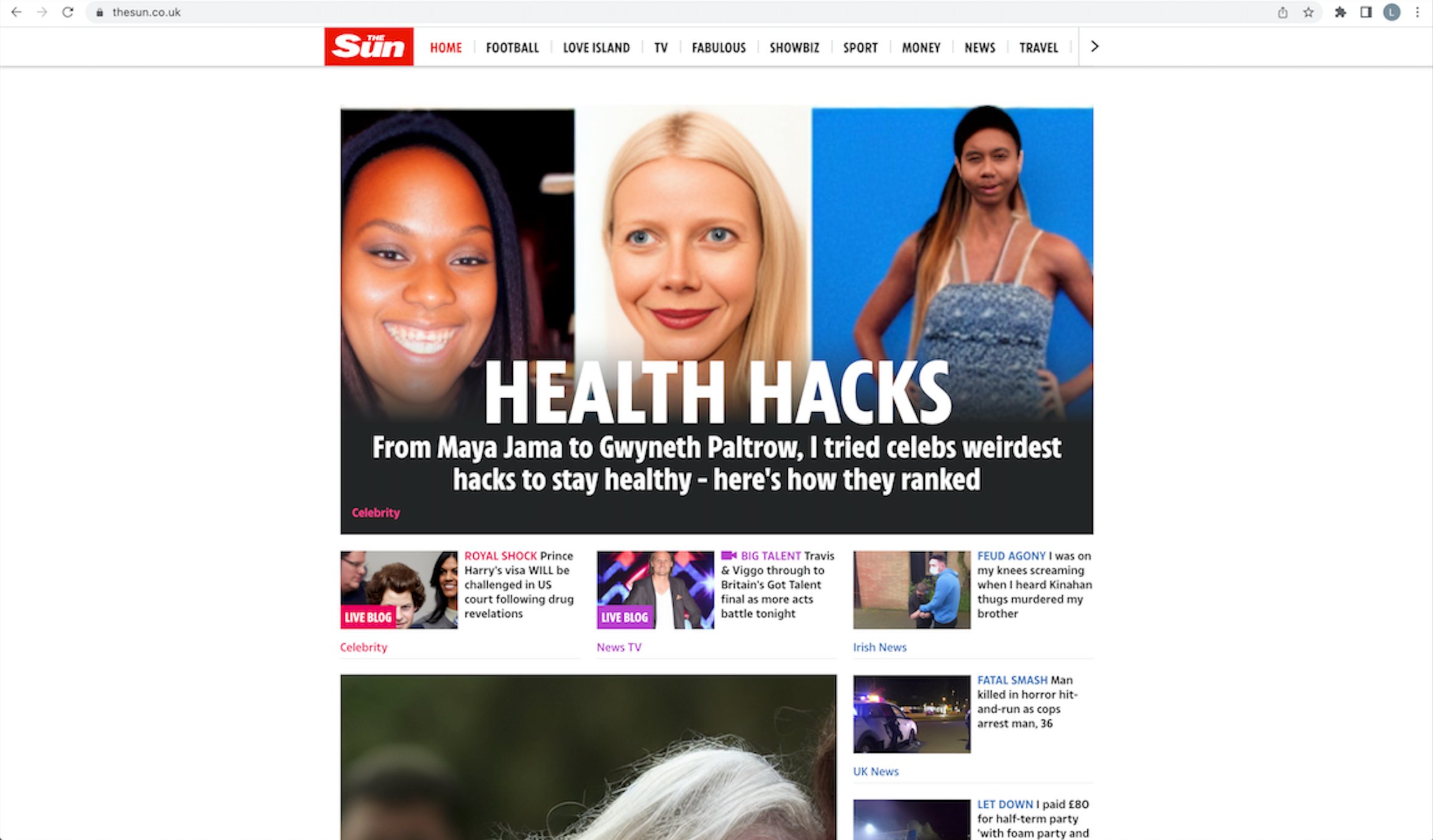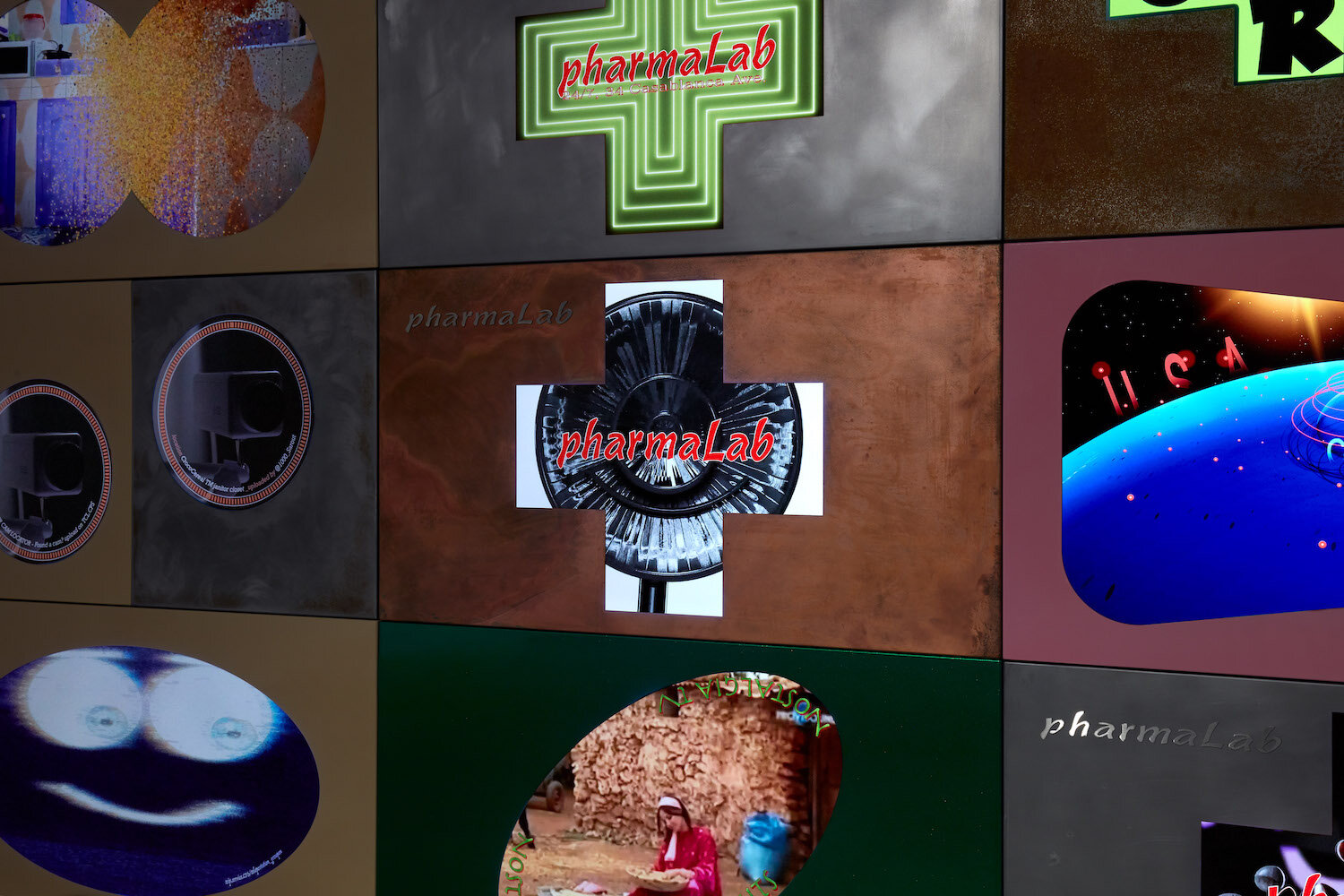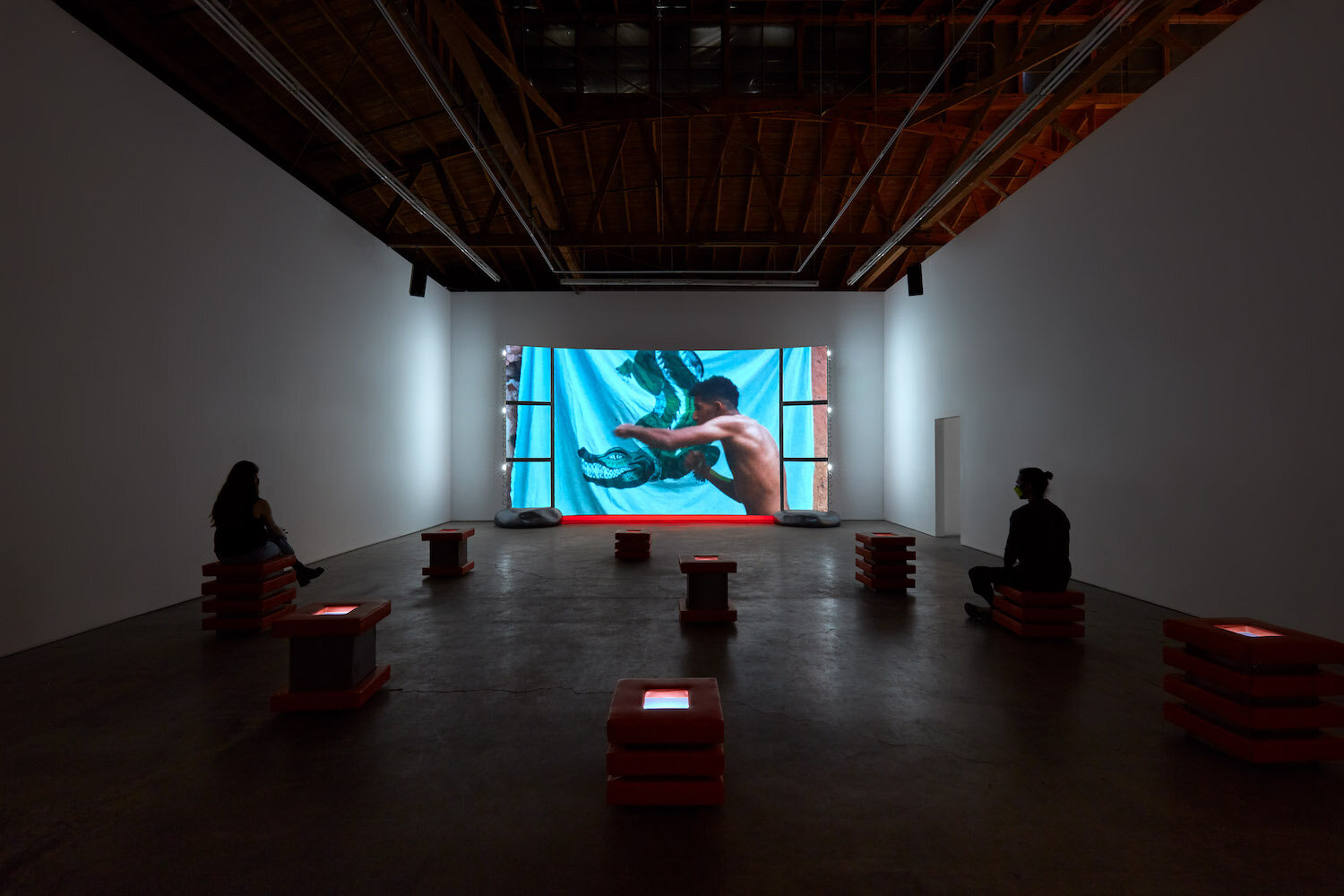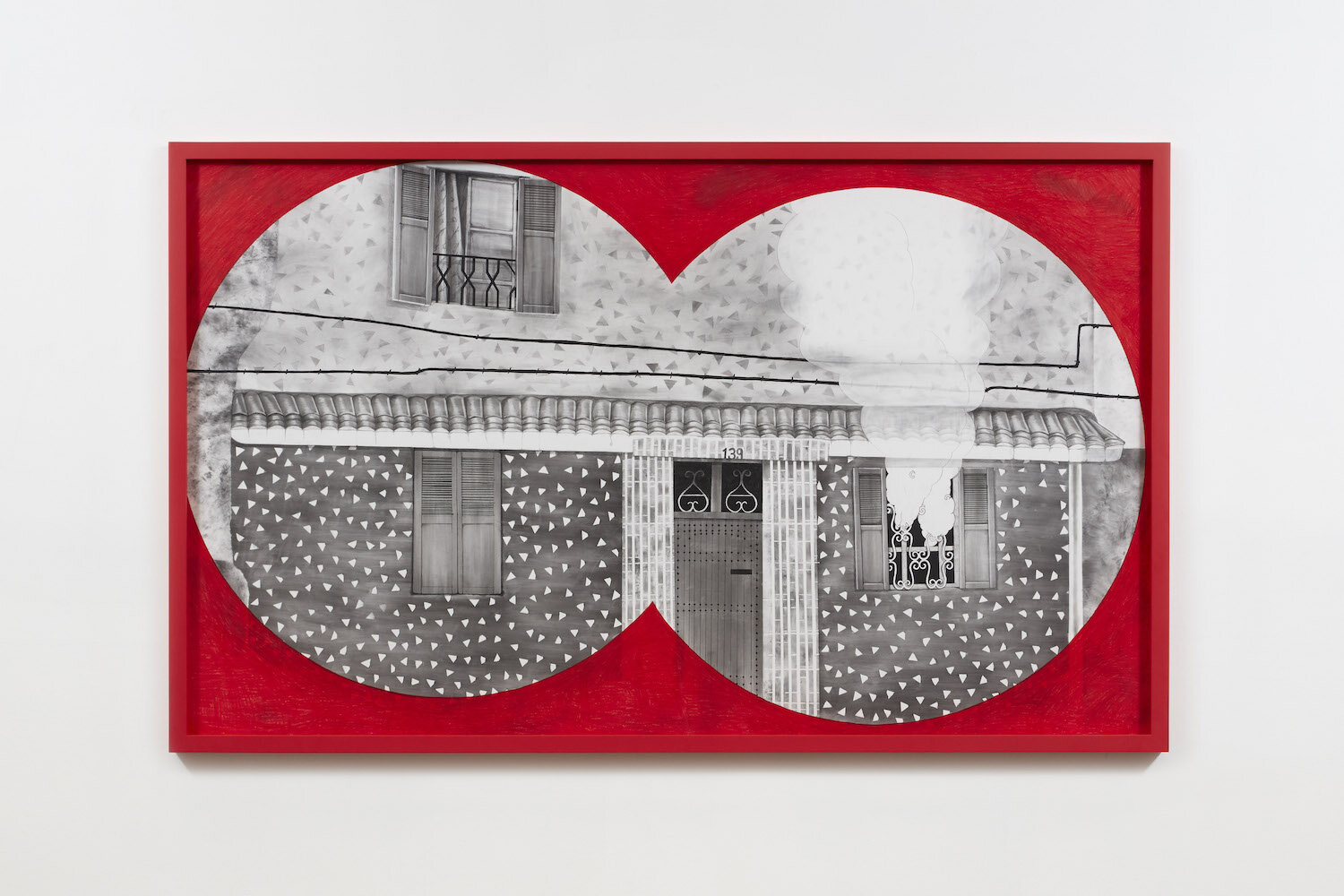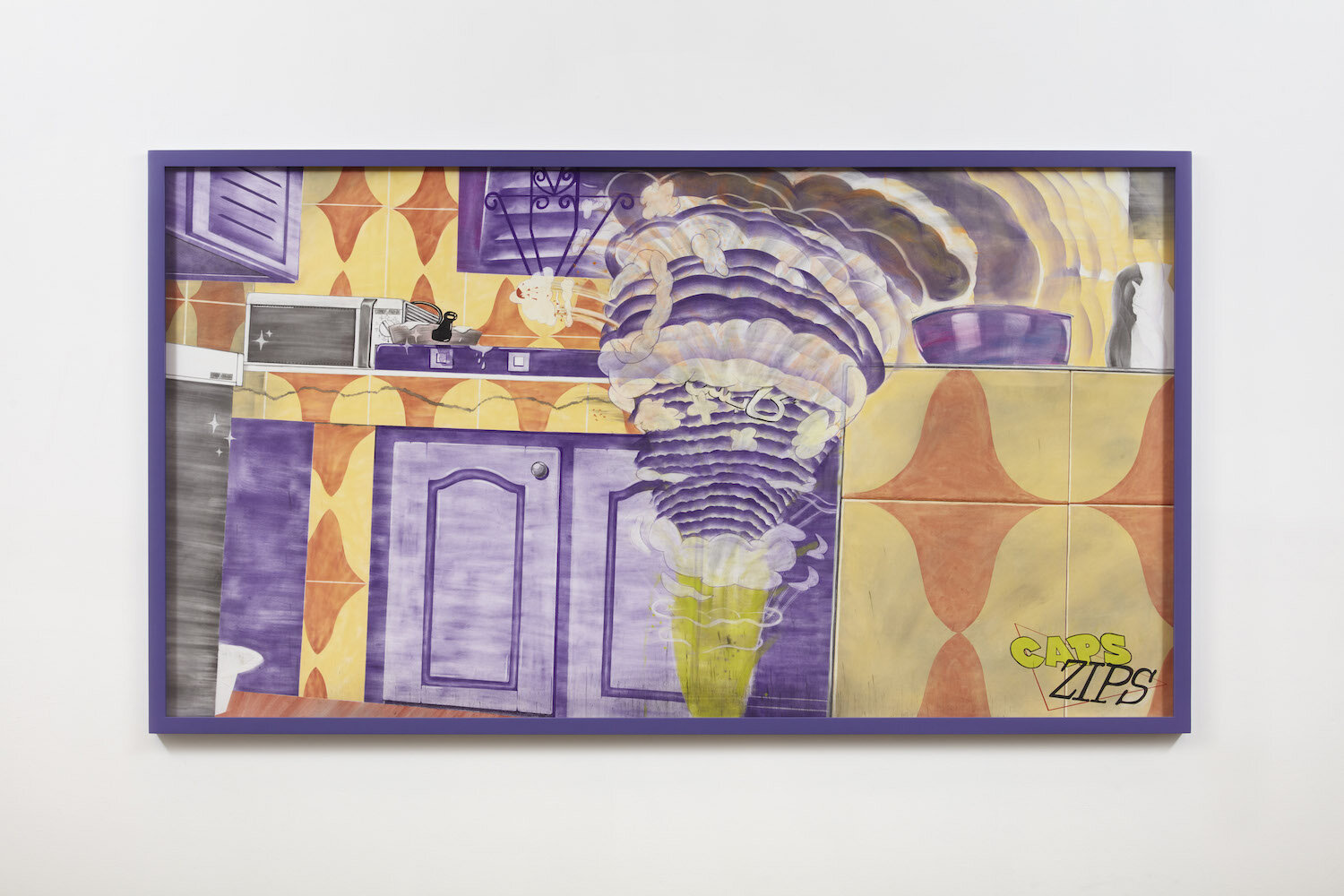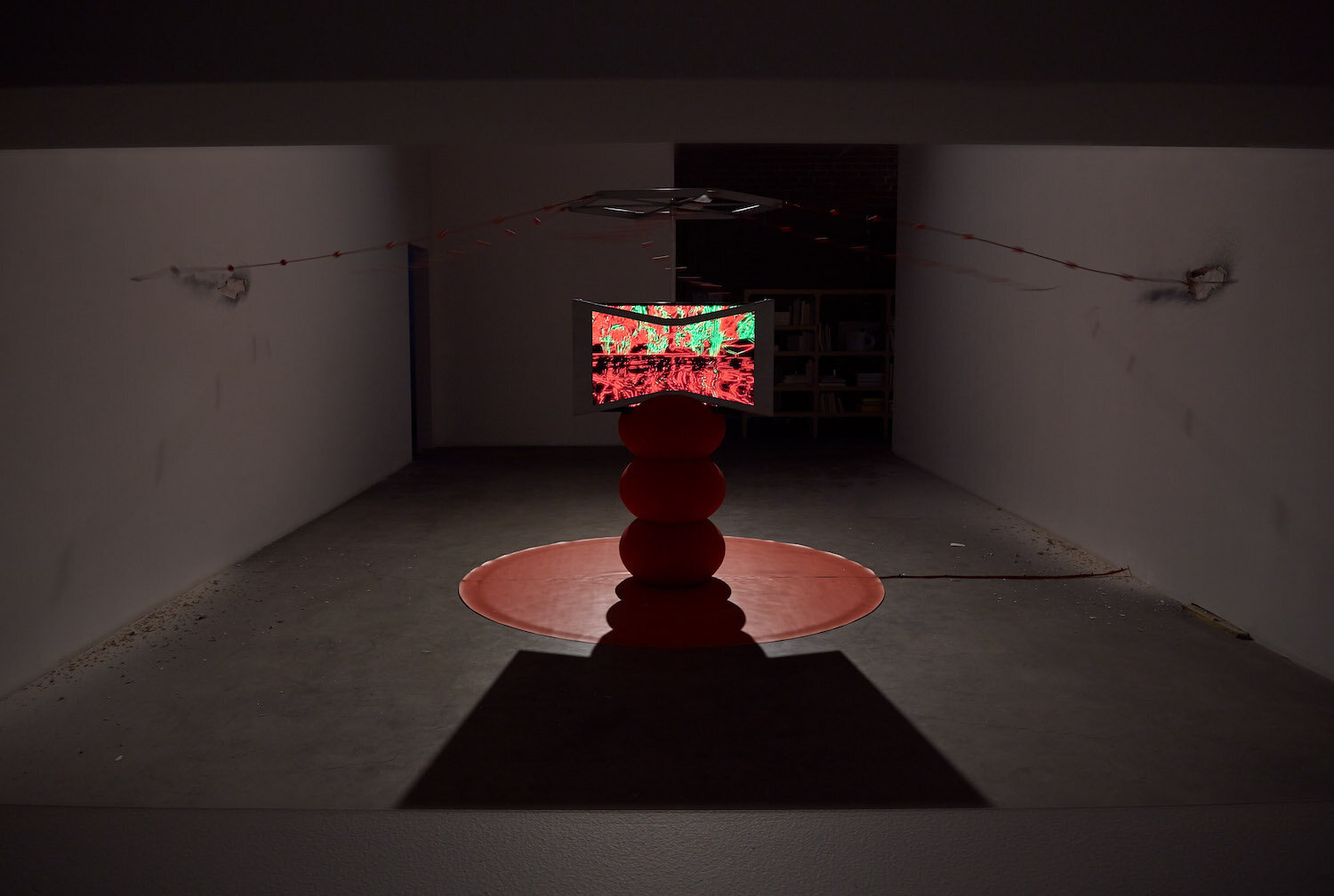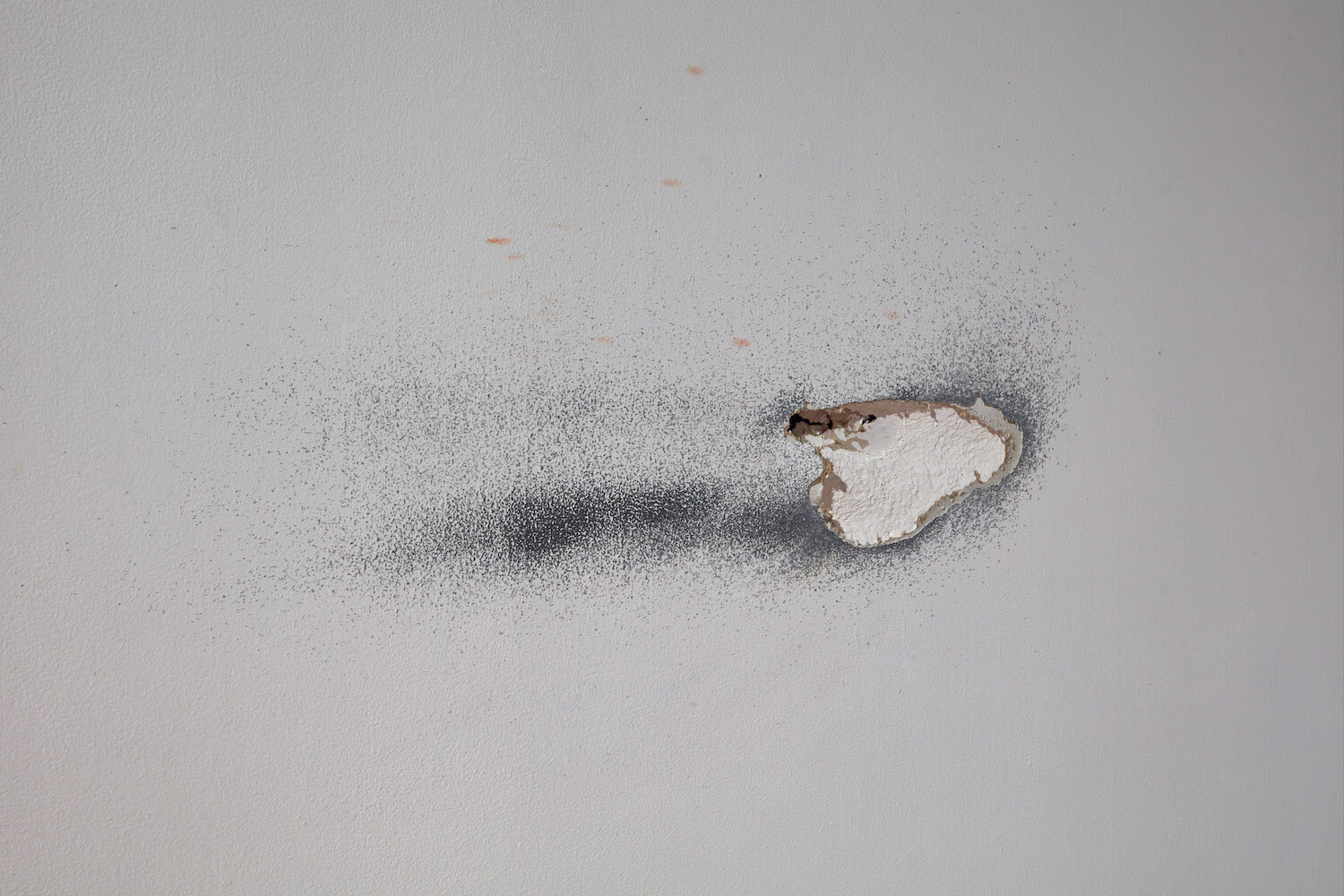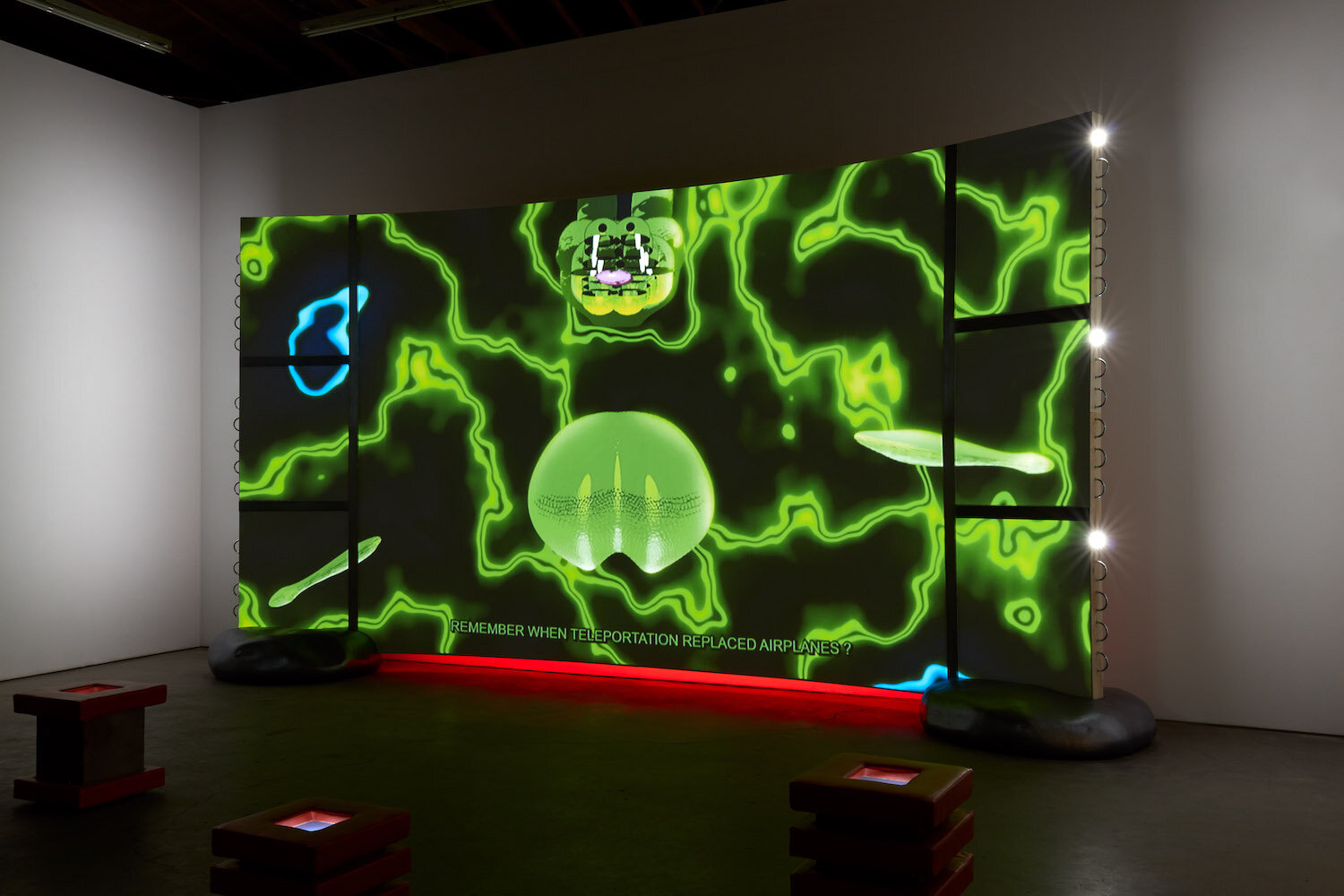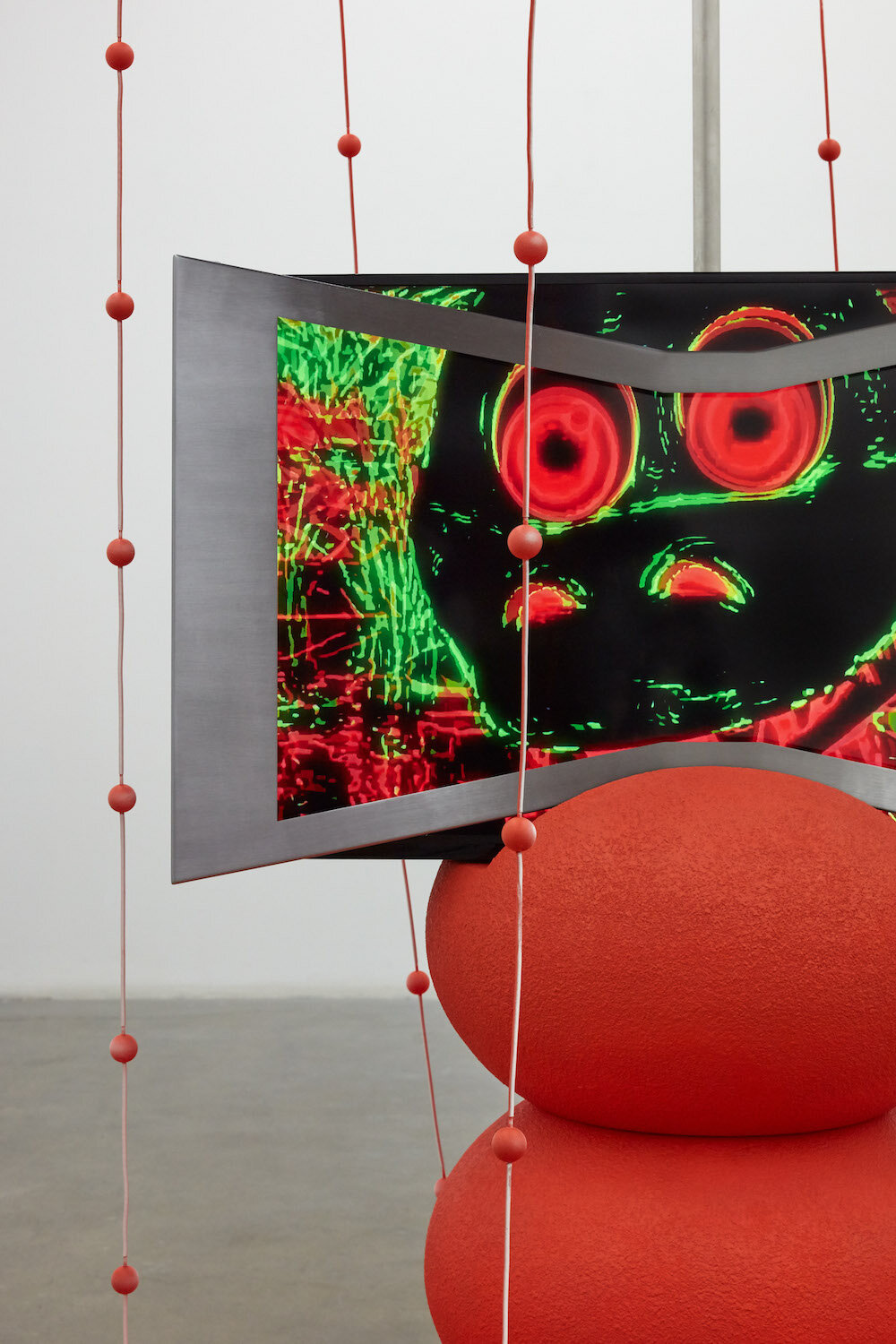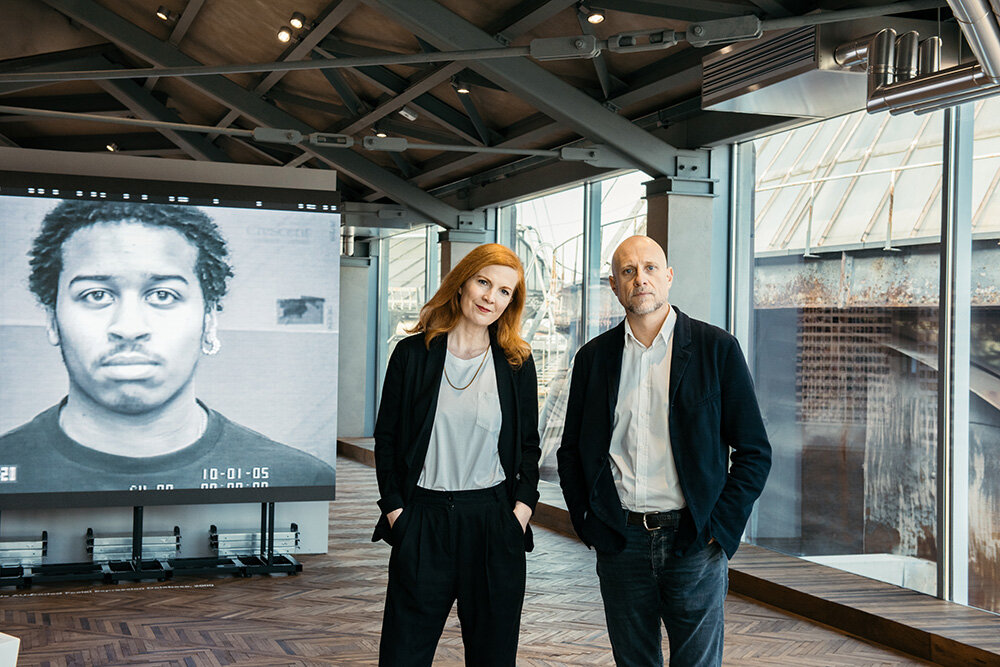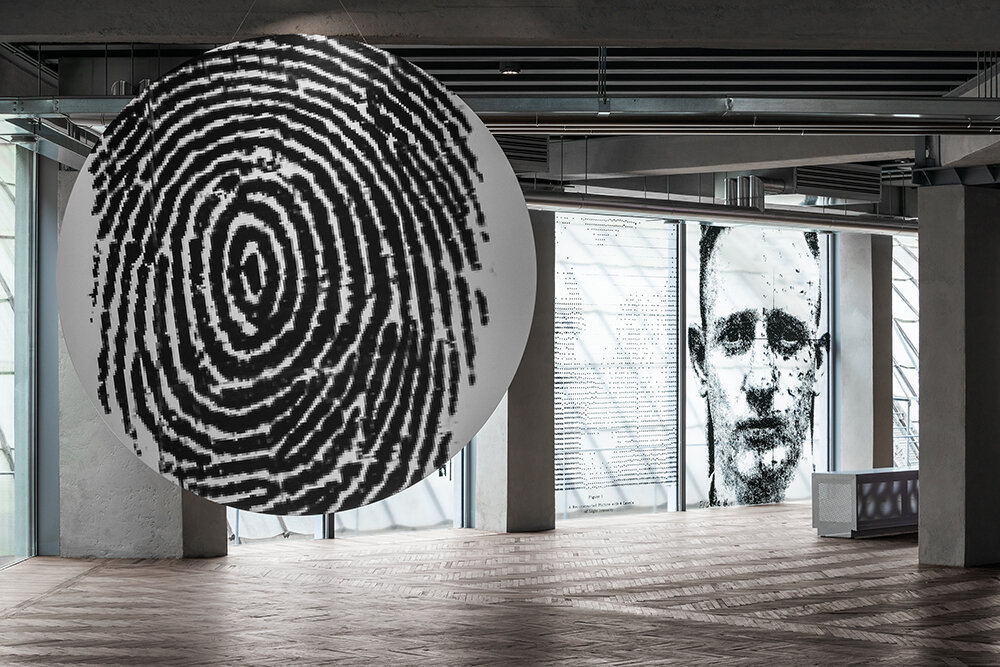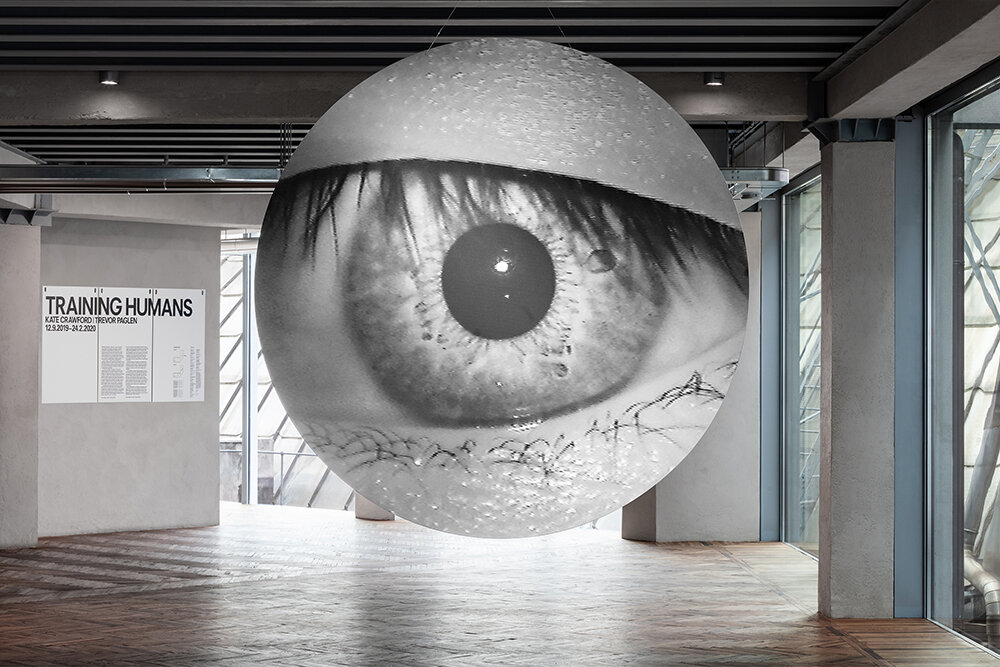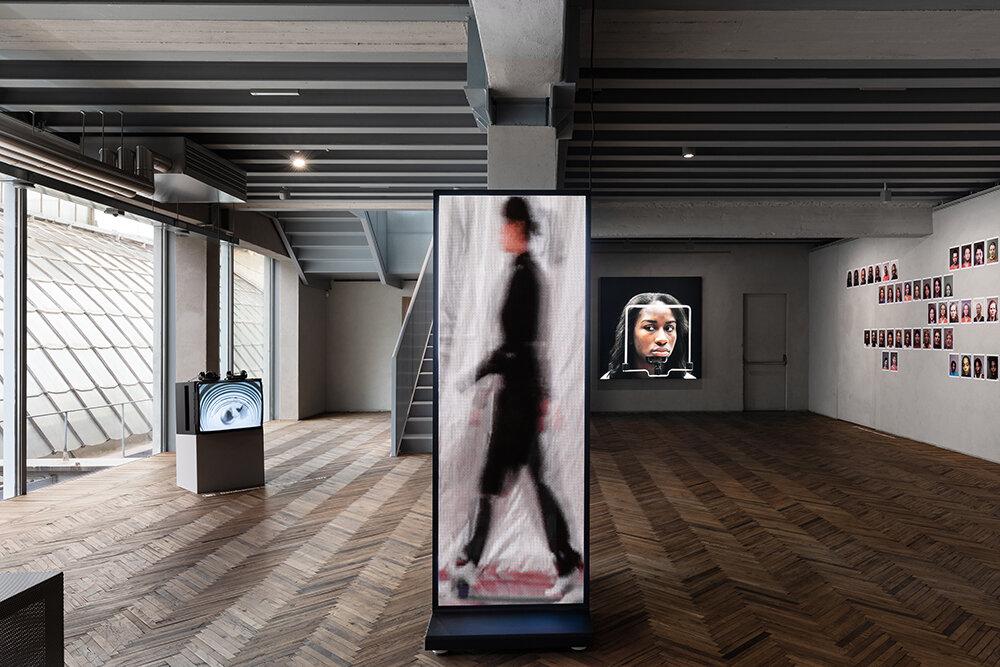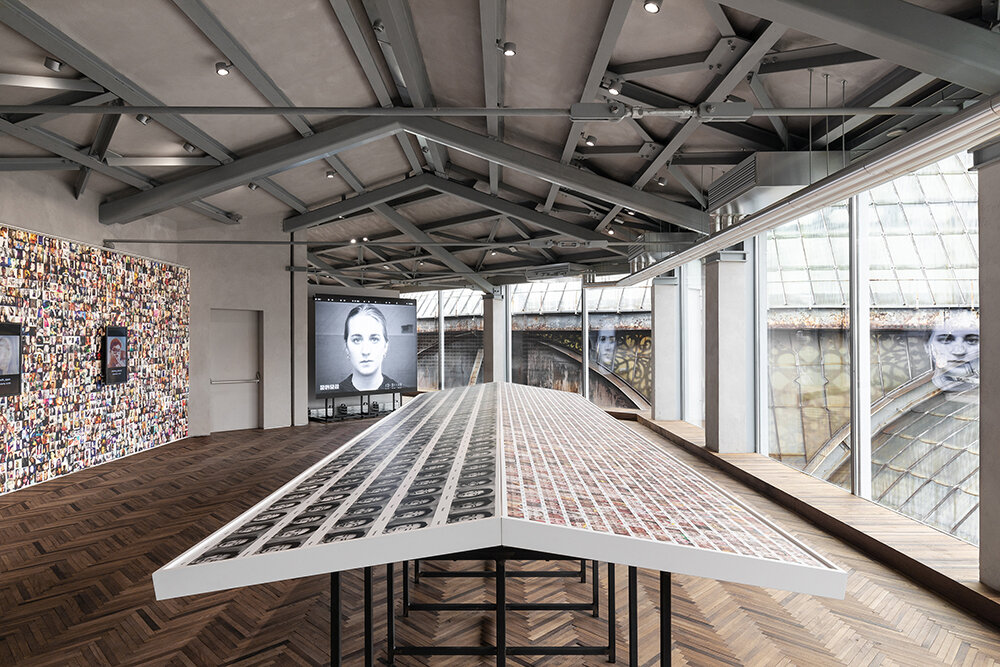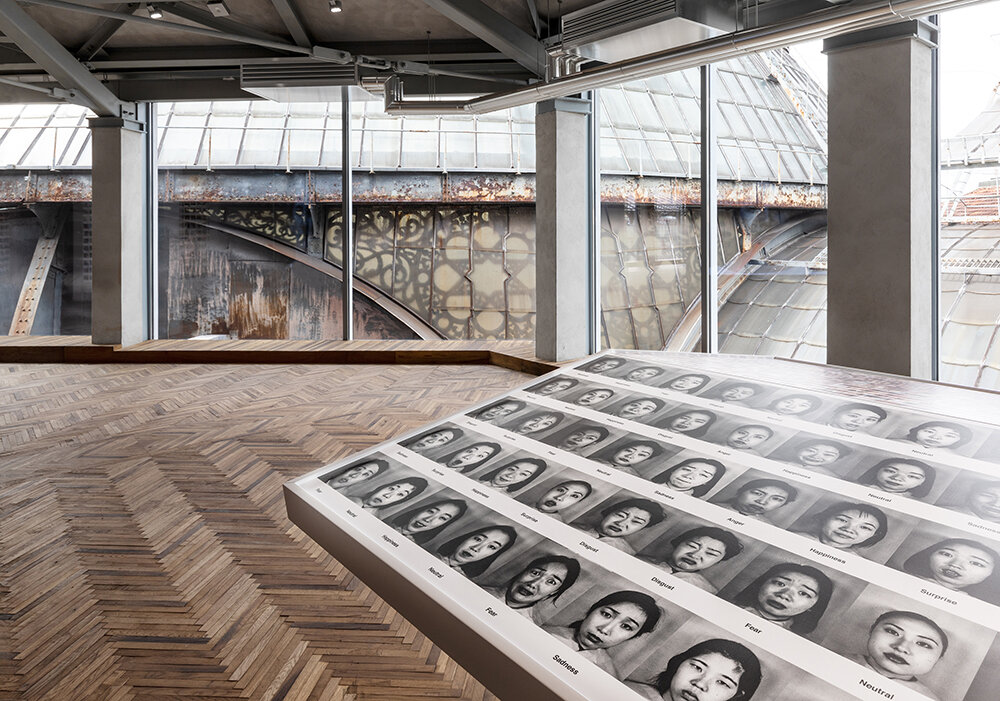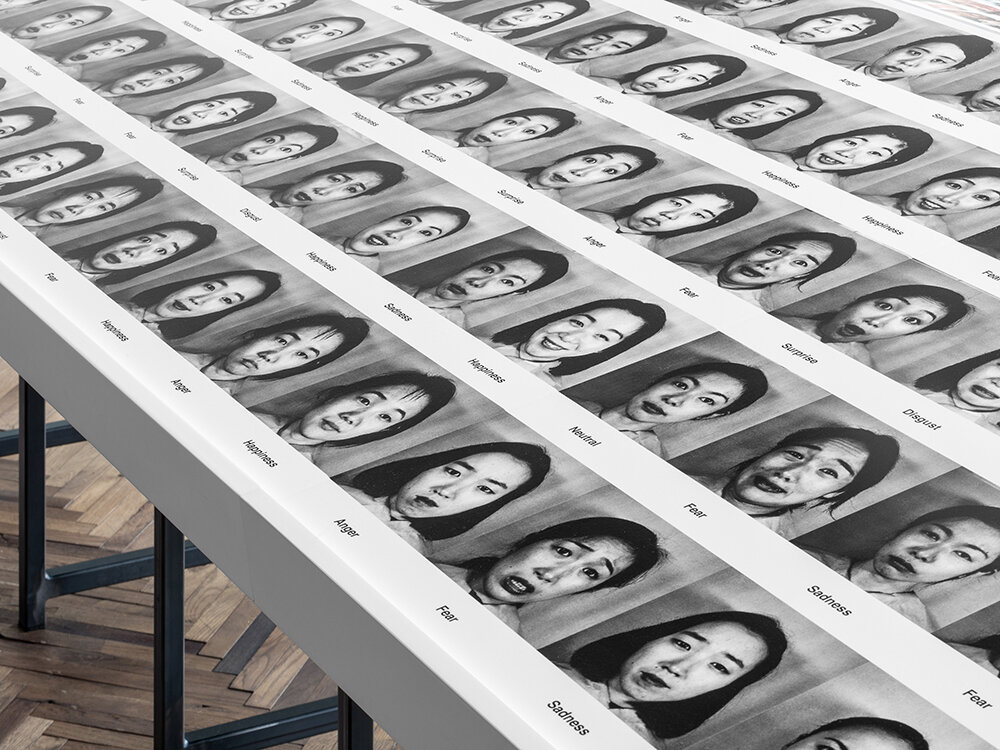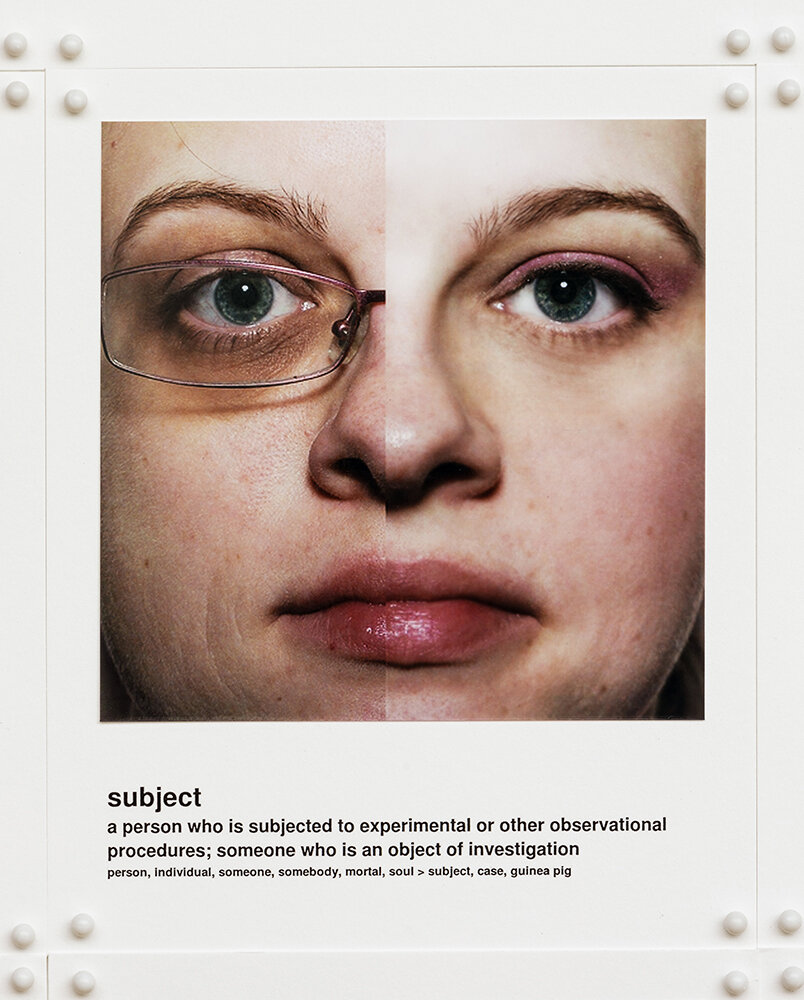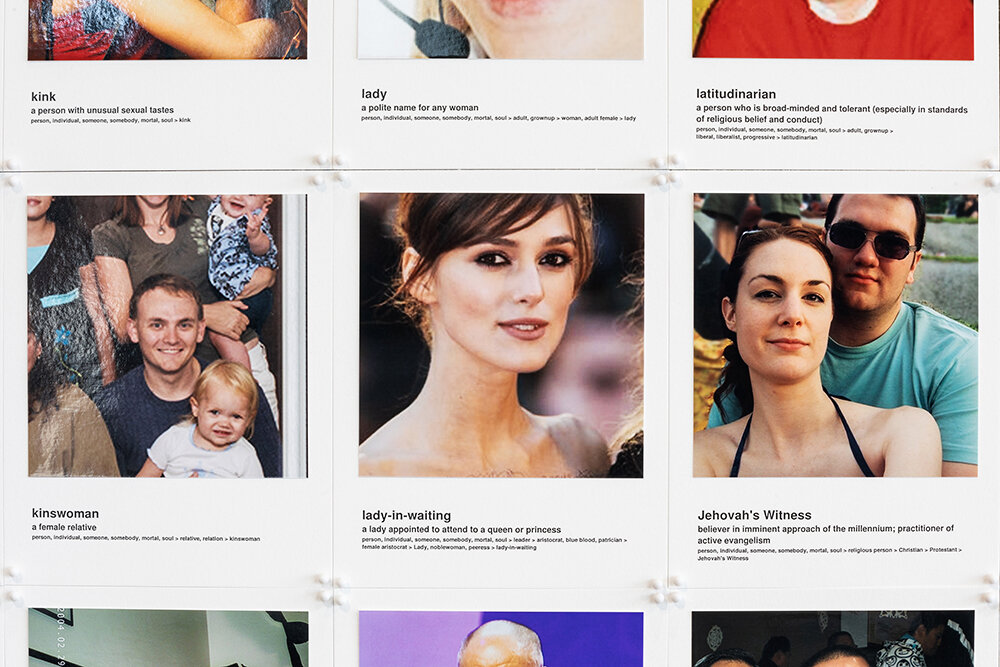text by Lara Monro
This week, the multi-award-winning choreographer and director Wayne McGregor CBE will present Autobiography (v95 and v96) and UniVerse: A Dark Crystal Odyssey at Sadlers Wells, London.
For over twenty five years, McGregor’s multi-dimensional choreographic work has radically redefined dance in the modern era, securing his position at the cutting edge of contemporary arts. Take, for example, his appointment as the first choreographer from a contemporary dance background to be Resident Choreographer at The Royal Ballet in 2006, where he has created over twenty productions that daringly reconfigure classical language.
Alongside his multiple cross-sector collaborations and role at The Royal Ballet, Studio Wayne McGregor is the creative engine of his life-long enquiry into thinking through and with the body. The 30+ works created since being established in 1992 (as Random Dance) showcase the evolution of his distinctive visual style and reveal the movement possibilities of the body in ever more precise degrees of articulation.
McGregor’s Autobiography (v95 and v96) is the latest iteration of Autobiography (1.0), a series of unique dance portraits inspired and determined by the sequencing of his own genetic code. The work upends the traditional nature of dance-making by using the new AI tool AISOMA to hijack his DNA data through its specially created algorithm, which overwrites the configurations of 100 hours+ of his choreographic learning to present fresh movement options to the performers. The meshing of artificial intelligence and instinct converge to create a totally unique dance sequence that complements the medium’s ephemeral quality.
While v95 and v96 shines a light on the cutting edge innovation capabilities of dance and future facing technology, UniVerse: A Dark Crystal Odyssey is a moving meditation on the climate crisis. Inspired by the Jim Henson cult classic, The Dark Crystal, it depicts an Earth driven by extremes and urgently in need of healing; a modern eco-myth that asks how we can come together to be whole again. The combination of cutting-edge costumes paired with the digital landscapes creates a stunning blend of fantasy and documentary.
Autobiography (v95 and v96) will be showcased this Tuesday and Wednesday (March 12th & 13th), while UniVerse: A Dark Crystal Odyssey will be showcased this Friday and Saturday (March 15 & 16th) at Sadlers Wells, London.
scene from Autobiography (v95 and v96)
scene from UniVerse: A Dark Crystal Odyssey


